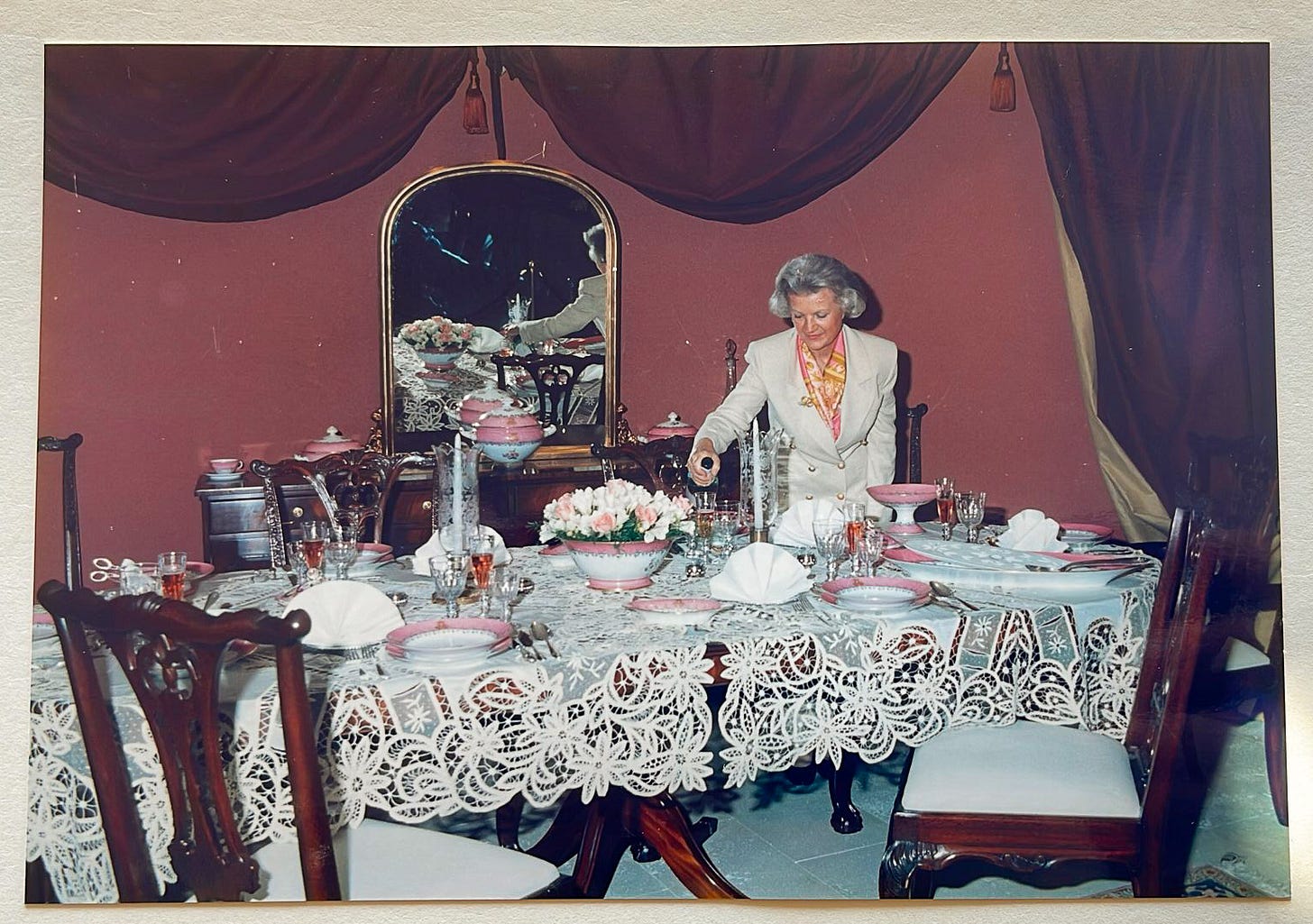A Family Table
Recipes, porcelain, and presence. What passes from grandmother to mother to daughter at a Turkish table.
There’s a soft clinking in the background as she speaks—glass on porcelain, the lull of an afternoon kitchen. My grandmother, born in 1928, adjusts the lace edge of the tablecloth as if still expecting guests. She hasn’t hosted a formal diplomatic dinner in years, but the instinct never left.
She was the first wife of İlter Türkmen, one of Turkey’s most respected diplomats, a man who served as foreign minister and as ambassador in cities that defined the twentieth century: Paris, New York, Moscow, Athens.
At ninety-seven, her voice still carries clarity. Over slices of cold karpuz in the summer light, I’ve been recording her—capturing not just recipes, but reflections.
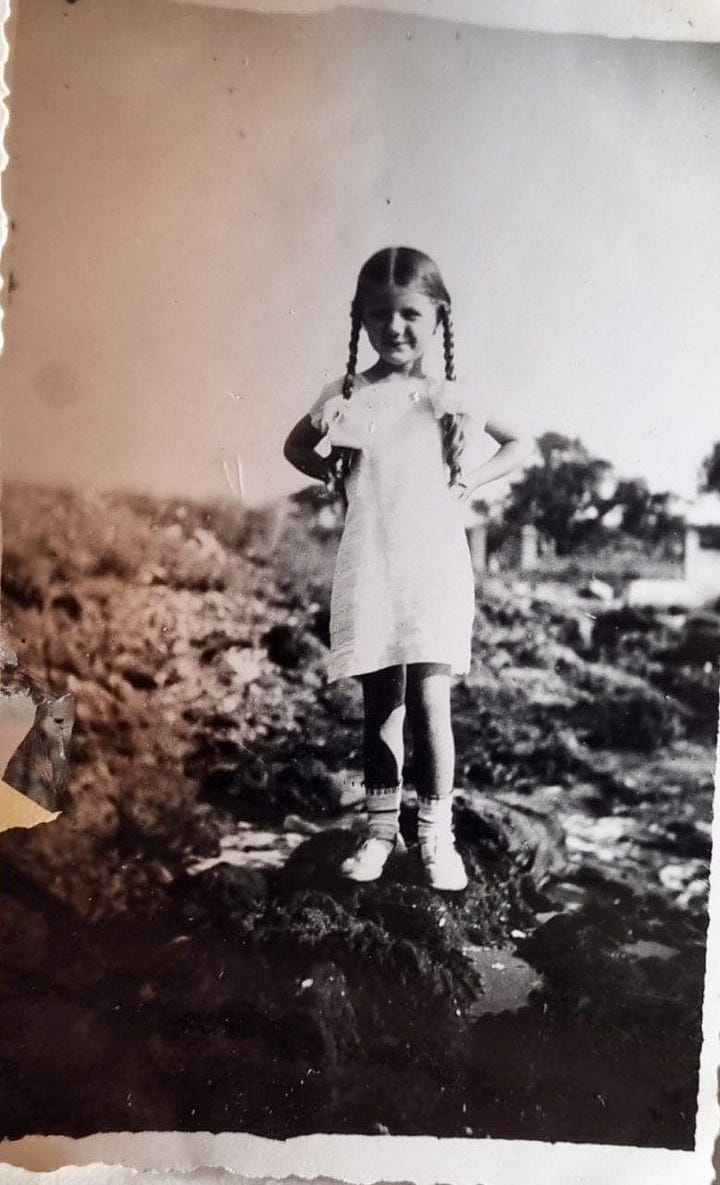
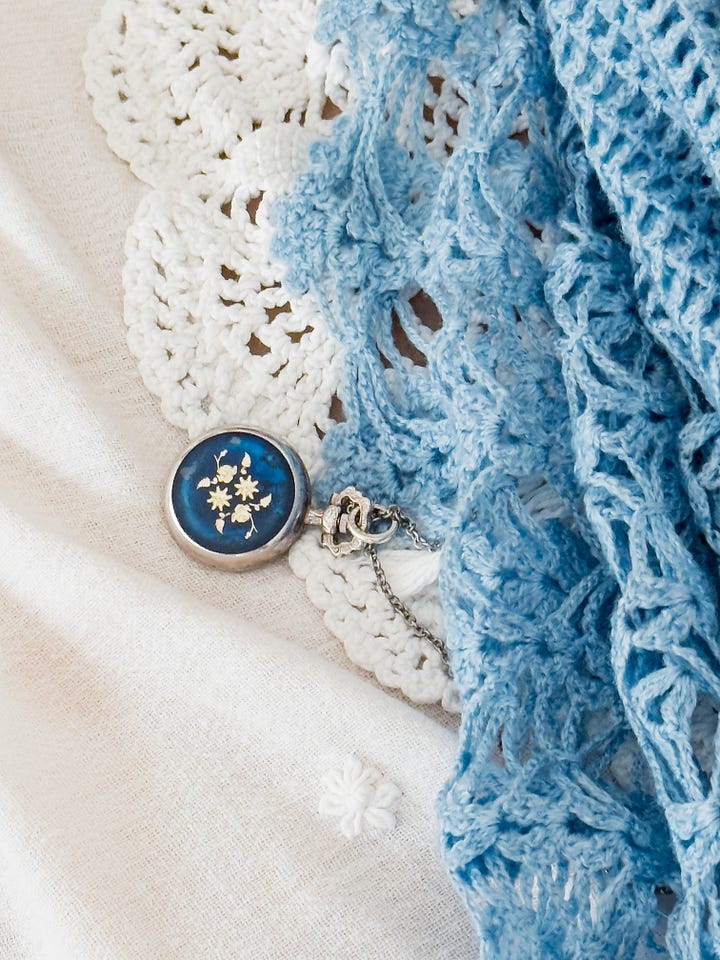
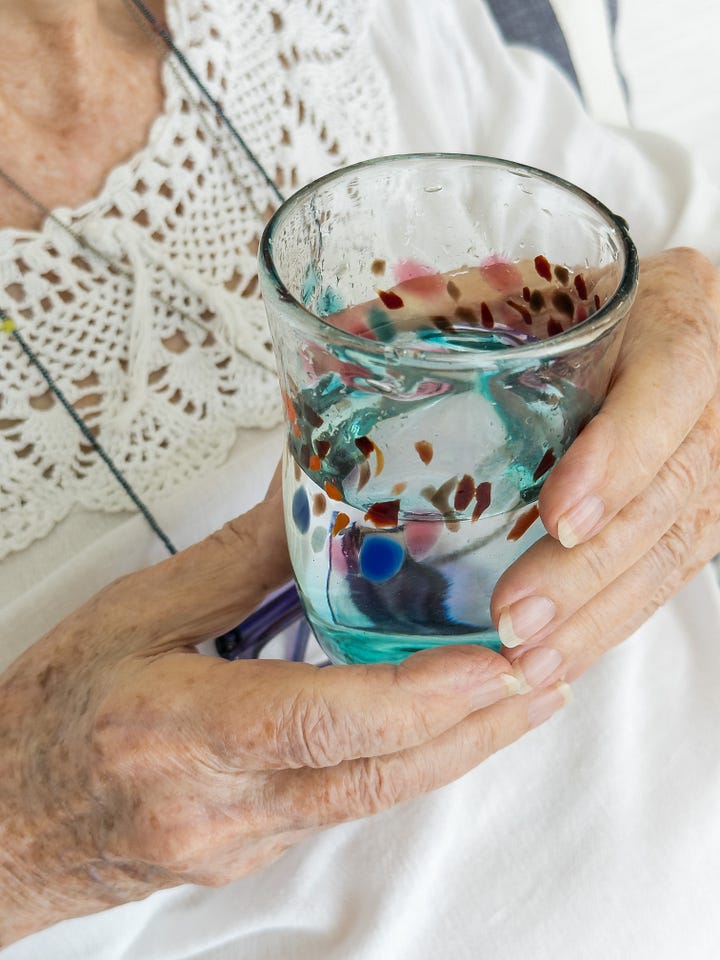

Her eye for the table began early. She remembered watching her mother-in-law serve beyin salatası on a silver tray nearly a meter long: three small pieces arranged simply, then brought to life with garnish—leaves, vegetables, pickles, a sauce that gave the plate movement. It wasn’t just food anymore, it was presentation. That was the moment she realized plating could transform the ordinary into something memorable. From then on, she never saw a dish as only a dish.
When I asked her, “How do you set a beautiful table?” she didn’t mention linens or menus. She said simply: “The guest list decides. The seating plan sets the mood.” Around her table came diplomats and politicians, but also artists, musicians, and poets—a mix that made each dinner as much about exchange as it was about eating.
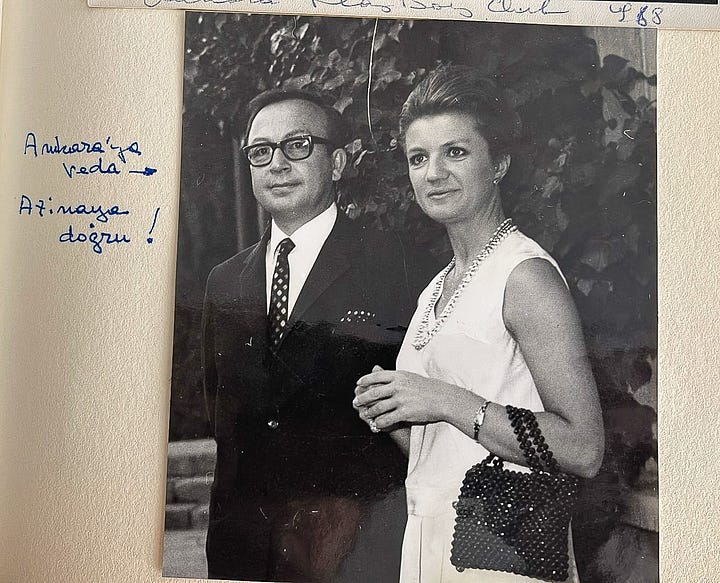
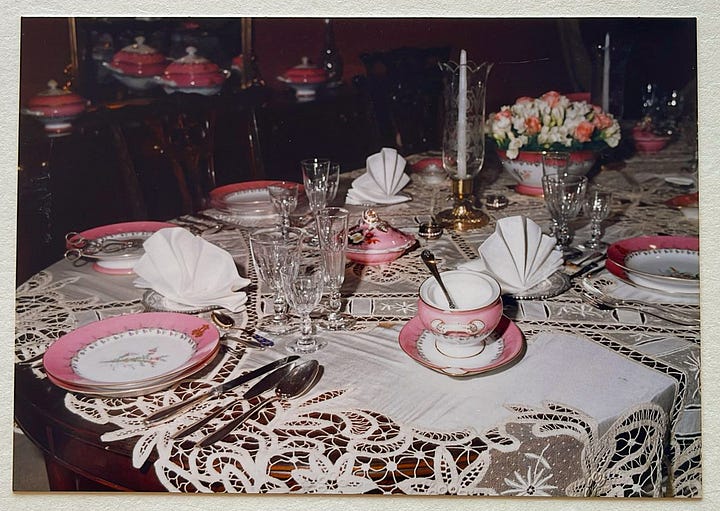
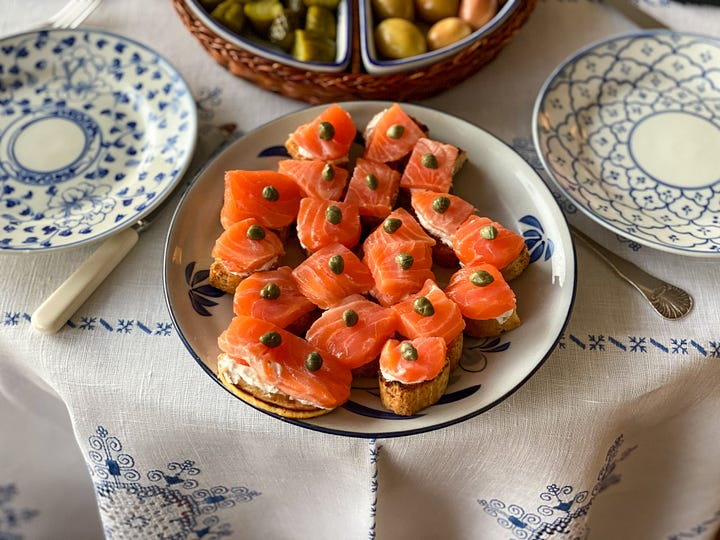
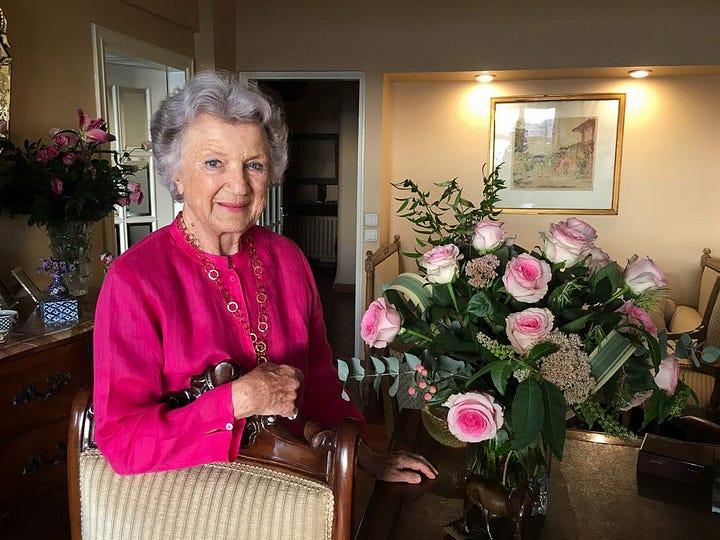
Su böreği was the star—paper-thin layers, hand-rolled, filled with delicacies, a dish that looked as impressive as it tasted. Çerkez tavuğu came with depth: tender chicken, walnuts pounded by hand, bread soaked in broth until soft, finished with a dusting of red pepper. And always imam bayıldı, so beloved that Iranians once had it flown back to Tehran. In her memory, Turkish cuisine wasn’t just nourishment—it was a form of diplomacy.
Pilav shifted with the season: chestnuts in winter, tomatoes in summer, almonds when the table needed polish. She didn’t cook much herself, but she worked closely with chefs, absorbing knowledge with the clarity of someone who had eaten in the best dining rooms of Europe. Her instinct was always aesthetic: what belonged, what didn’t, what jarred the eye.

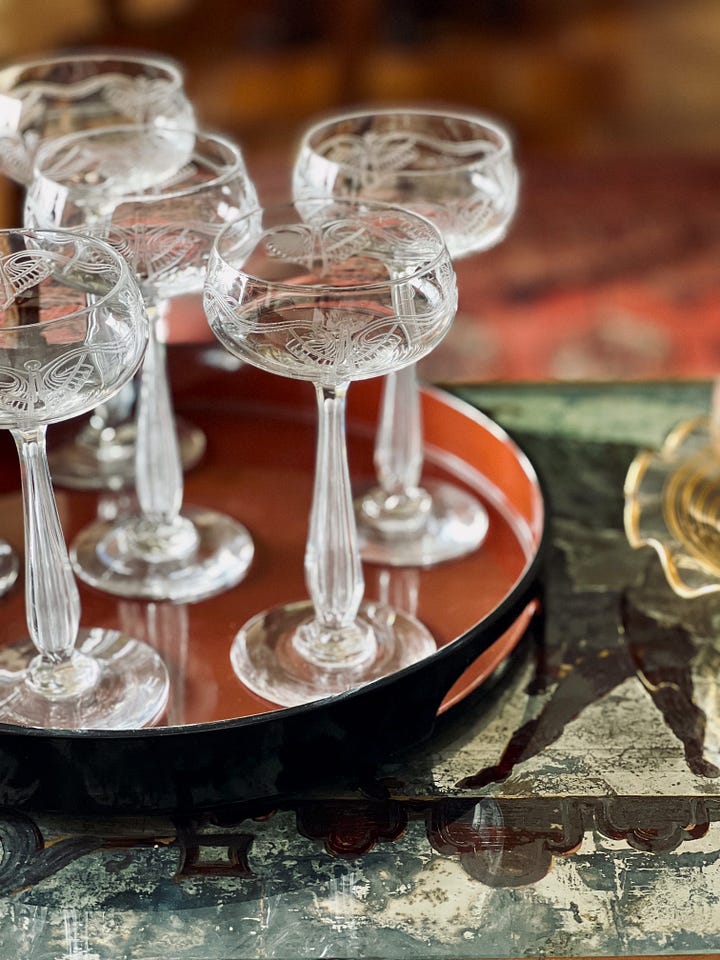
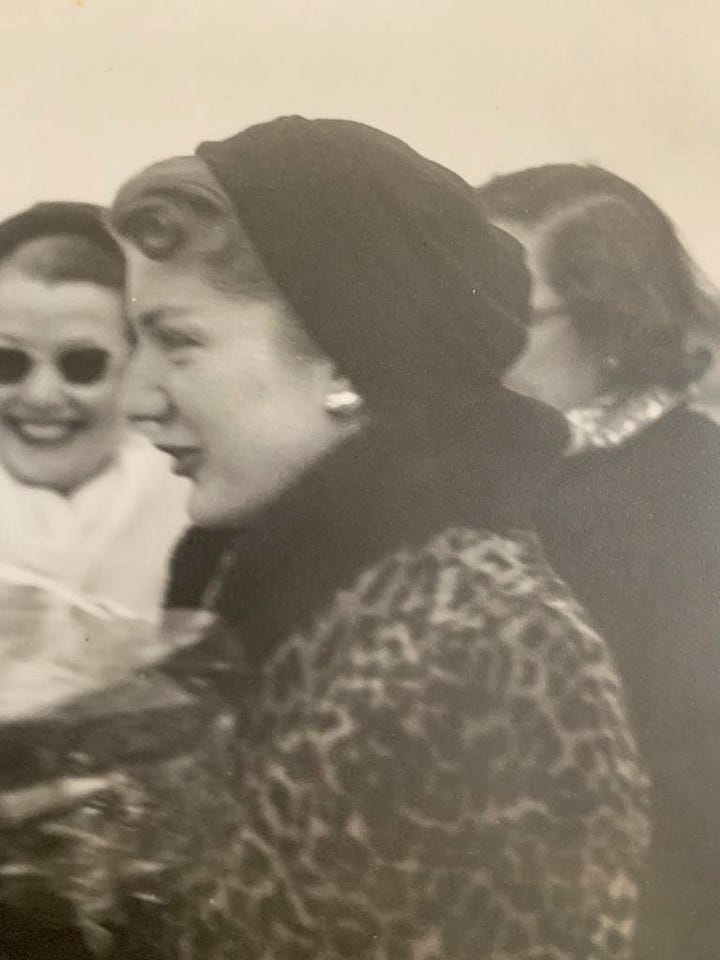
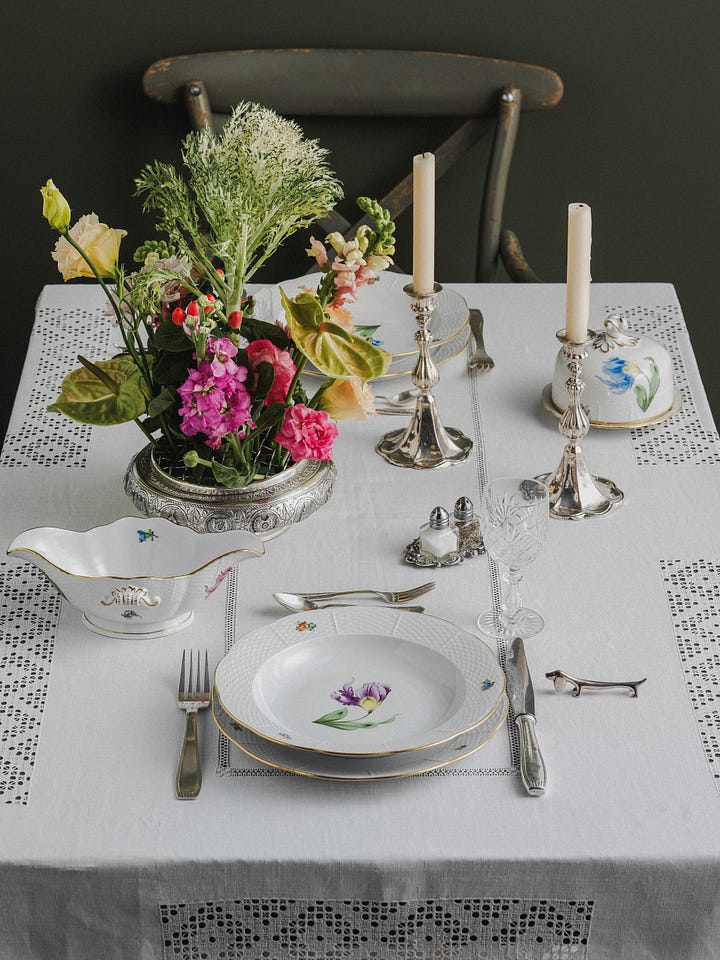
The tulip plates were an extension of that discipline. She didn’t keep them for herself. She bought them in Moscow in the 1970s, where Hungarian Herend porcelain was in high demand, and had them shipped to Istanbul for my mother. It was a gesture that said: the details matter, pass them on.
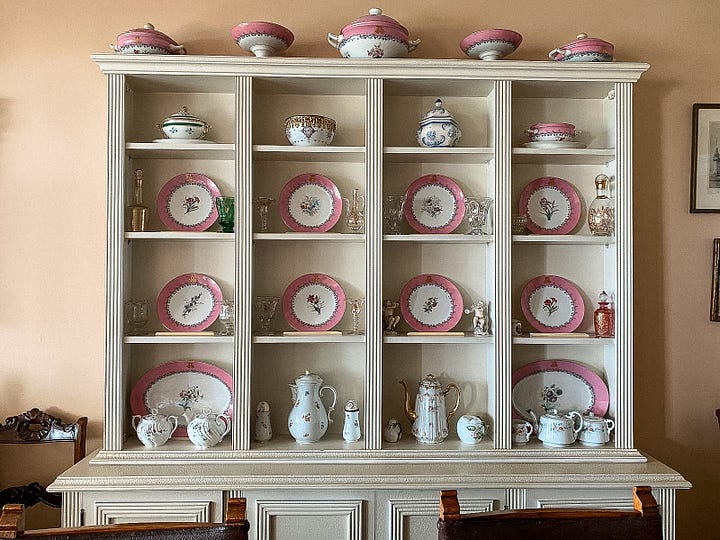



The tulip plates weren’t the only porcelain with a story. On the shelves stood a full Sèvres service with its pink borders unmistakable. It came into the house through family lines, passed down from her aunt’s husband, Hamdi Bey. Where the tulip plates were chased down in Moscow, this set arrived by inheritance, carrying its own lineage into the household. Next to them were parsley-patterned Beykoz glasses, handblown and fine. Together they formed another kind of archive, objects kept as vessels of memory and beauty.
If my grandmother’s gift was atmosphere, my mother’s was translation—turning what she grew up with into something clear, modern, and shareable. Lale Apa became a publisher and writer, founding The Guide magazines, English-language guides that gave locals and travelers curated access to Turkey’s food, culture, and design long before smartphones. Her cookbooks mirrored that ethos: Mediterranean-leaning Turkish favorites and international recipes explained with clarity, made practical for home kitchens. She believed food could be modern, light, and inviting—and she showed readers how. Like the tulip plates, her work lives on.
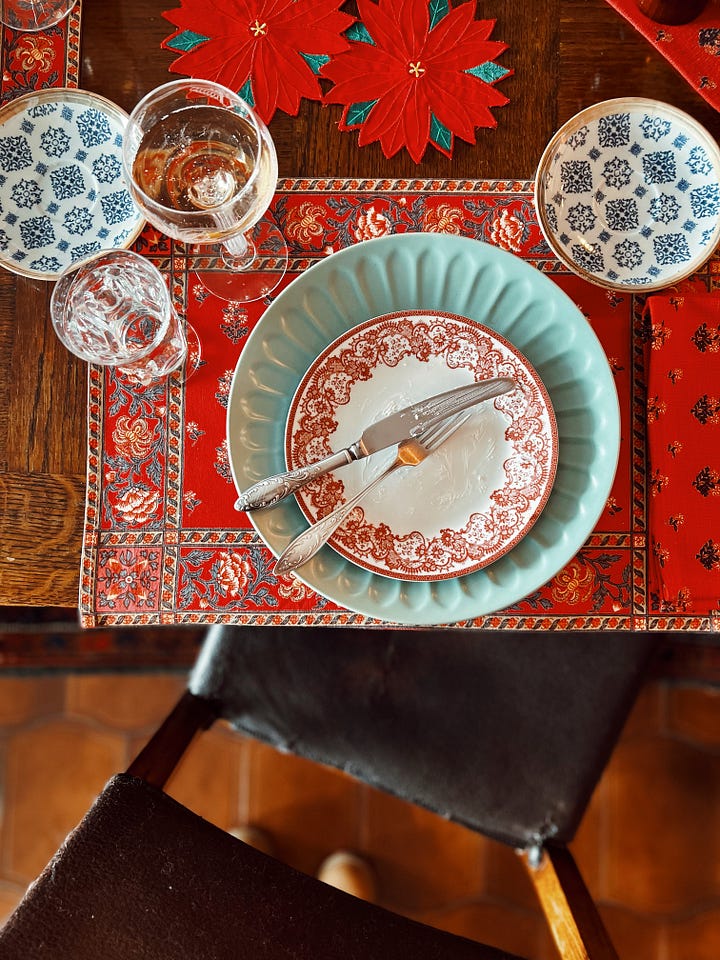
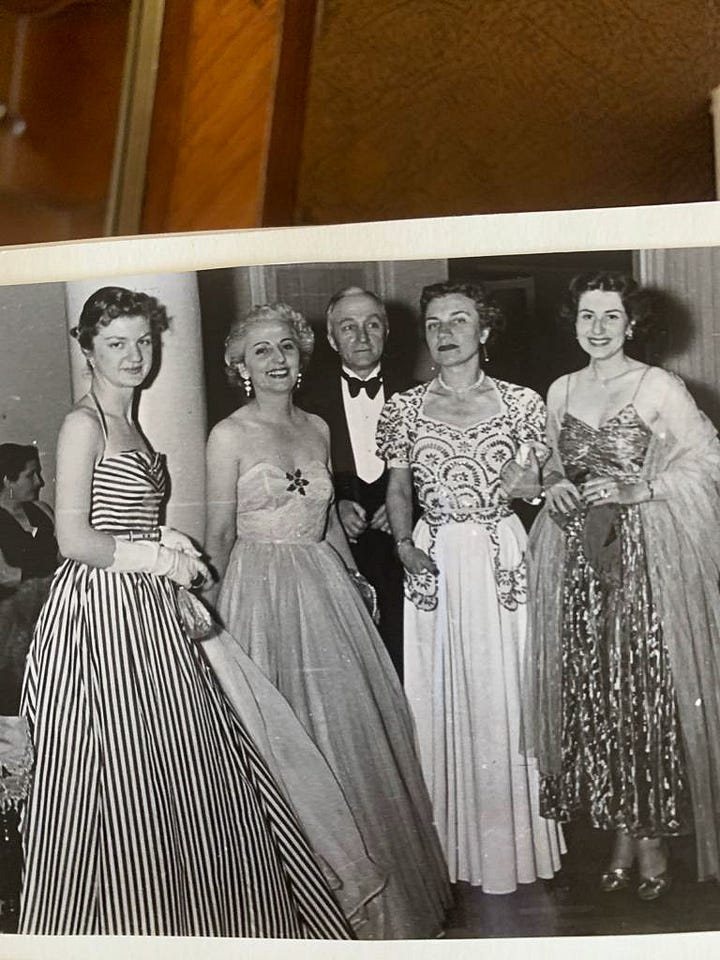
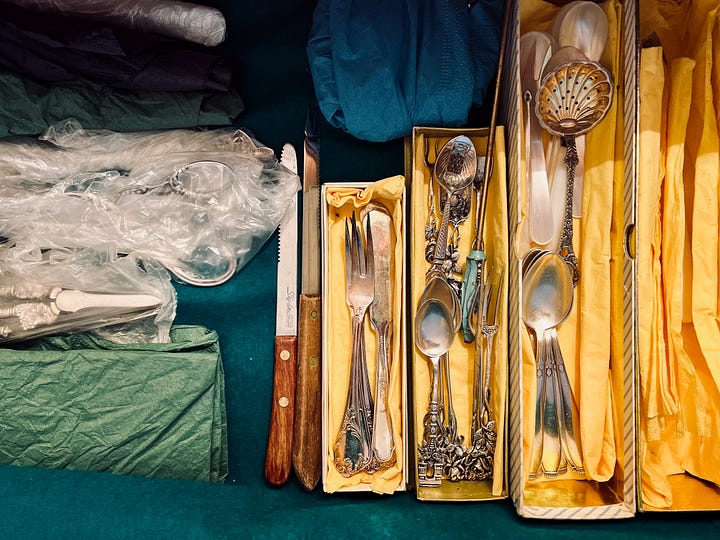
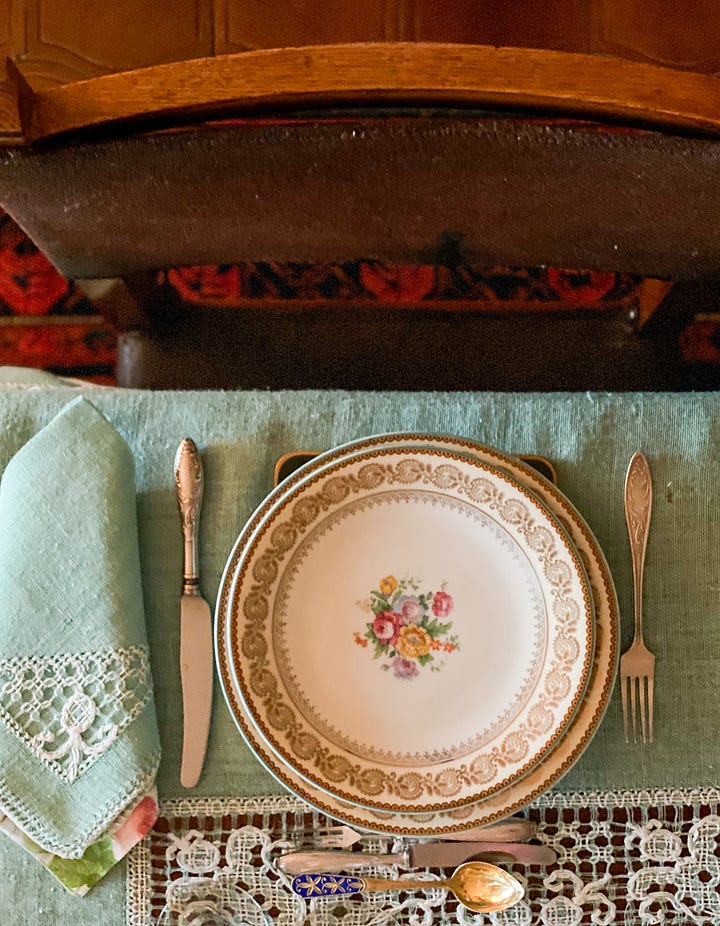
Dishes to Remember
She wasn’t a cook in the everyday sense—she directed her chefs with precision, but it was her eye for style and presentation that made the meals unforgettable. She knew how to wow her guests with Turkish classics, reimagined for diplomatic tables abroad. These were the dishes most often favored and requested, the ones that gave her tables their lasting character:
Su böreği – Impressive centerpiece; Athens with lobster and cheese, Paris with foie gras.
Çerkez tavuğu – Classic dish of chicken, walnuts, stale bread, red pepper.
İmam bayıldı – So beloved it was once flown to Tehran.
Kuru fasulye + pilav – Turkish comfort food duo.
Pilav in variation – şehriyeli pilav, chicken pilav, iç pilav (with liver, grapes, pine nuts), almond pilav, eggplant pilav, perdeli pilav, tomato pilav.
Baklava – surely
Domates Pilaki – a summer dish
Hanım göbeği, ekmek kadayıfı, aşure – Traditional desserts appreciated by guests.
Kestaneli pilav (French not Turkish), lahana dolması – Festive seasonal luxuries.



